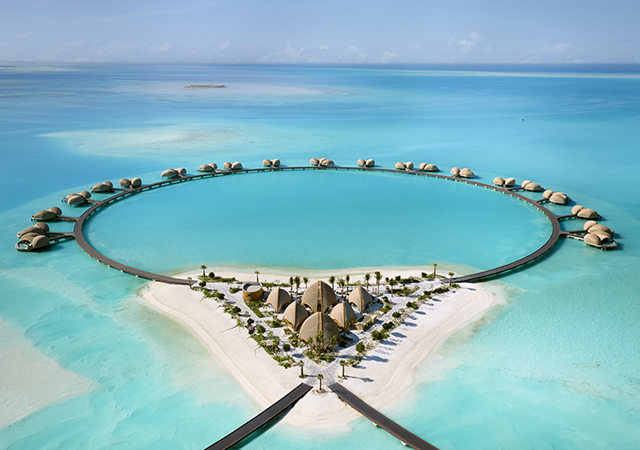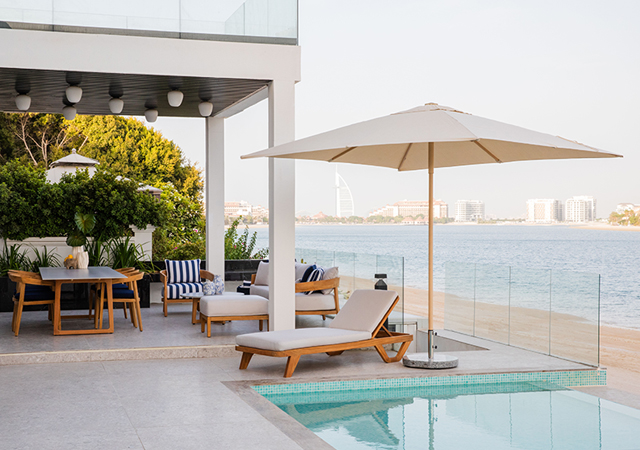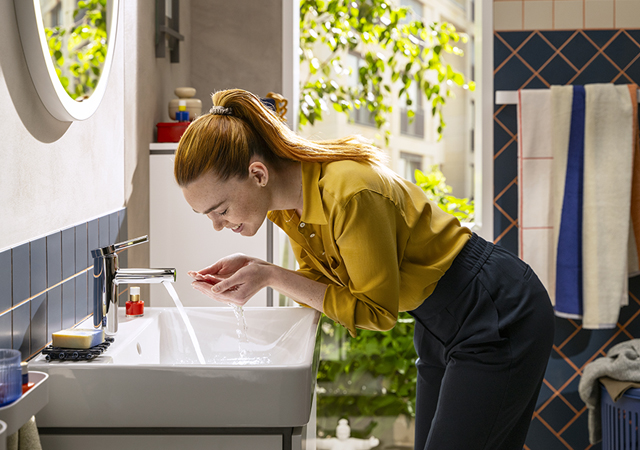
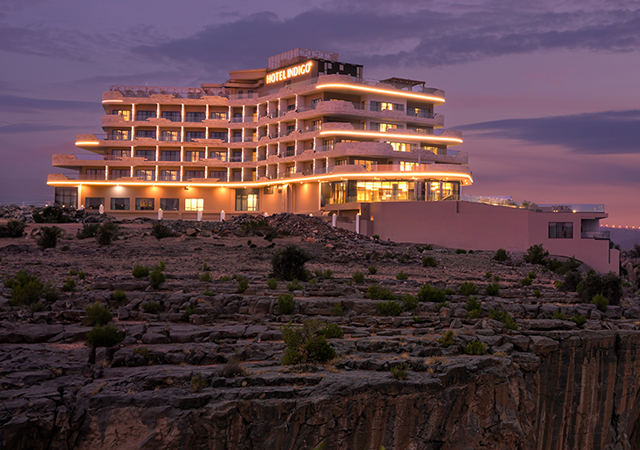 Hotel Indigo Jabal Akhdar Resort and Spa ... perched on the peaks of Jabal Akhdar.
Hotel Indigo Jabal Akhdar Resort and Spa ... perched on the peaks of Jabal Akhdar.
Perched on the awe-inspiring peaks of Oman’s Jabal Akhdar, the newly-opened Hotel Indigo Jabal Akhdar stands as a testament to meticulous planning and design and to the tenacity of the team in moving man and materials up the remote mountains to create a luxury resort steeped in the destination’s rich culture and natural beauty.
The first Hotel Indigo resort in the Middle East is a one-of-a-kind mountain escape that invites guests to one of Oman’s most captivating neighbourhoods. The hotel features 173 beautifully designed rooms, suites, and chalets, offering a variety of accommodations, including King and Twin Mountain/Canyon View rooms, spacious two-bedroom terrace suites, and luxurious one-bedroom pool or two-bedroom balcony chalets.
The driving concept behind the development of Hotel Indigo Jabal Akhdar was to create an experience that captures the essence of its extraordinary location, James Reeves, General Manager of Hotel Indigo Jabal Akhdar Resort and Spa, tells Gulf Construction in an exclusive interview.
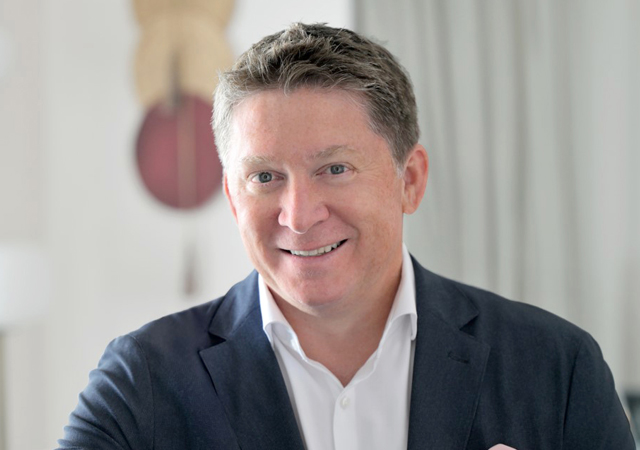 |
|
Reeves ... the hotel is a tribute to its extraordinary location. |
“Our vision was to create a resort that would honour this special neighbourhood and reimagine life on the Green Mountain. We’re proud to say that this project is more than just another luxury resort. We offer a carefully curated blend of world-class comfort and authentic local experiences. At Hotel Indigo Jabal Akhdar Resort and Spa, everything from the design that echoes the mountain’s rugged terrain to the curated experiences that connect guests with the local traditions is a tribute to this extraordinary region,” he remarks.
Owned by Redhat Al Jabal and operated by IHG Hotels and Resorts, the imposing hotel was designed by Arkan Majan, Oman-based engineering consultancy which also translated this vision into reality through its construction wing. In fact, Arkan Majan was both the main contractor and interior fit-out contractor. Interior design was carried out by LEO Design + David T’Kint.
These entities worked together to bring the vision of Hotel Indigo Jabal Akhdar to life, ensuring the design and construction processes honoured the unique character of the location.
Design that whispers stories
The design of each of the five floors of the hotel, inspired by the mountain’s rugged terrain and cultural heritage, integrates elements such as damask roses, olives, and centuries-old indigo hues, providing a visual narrative that connects guests with the spirit of the region. Even the lobby welcomes guests with a whimsical touch – a handcrafted wooden donkey sculpture, a playful nod to the resilient creatures that have long traversed these mountain paths.
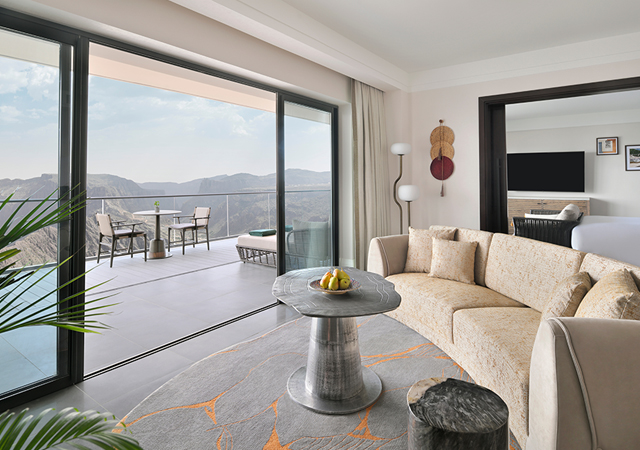 |
|
World-class materials were carefully selected for the fit-out to reflect the hotel’s ethos. |
The hotel also hosts the 3,000-sq-m Jala Spa and Wellness, with a spa featuring indoor heated vitality pools, Aquamoon rainforest showers, and the traditional Jala Hammam, offering a multi-sensory experience designed to promote well-being and relaxation.
To come up with an appropriate interior design concept for the hotel, a journalist was hired to document stories of the region, resulting in over 150 pages of material that inspired the design elements throughout the resort. From handcrafted pieces in rooms and suites to chalets that echo regional aesthetics and reflect the Ad Dakhiliyah region of Oman, every corner of the resort has a story to tell, Reeves points out.
Construction challenges
Building in a remote and challenging location like Jabal Akhdar posed several logistical challenges. The Saiq Plateau, where the hotel is located, isn’t just a single mountain peak but a sprawling area of rocky peaks, deep canyons, and wadis.
Transporting materials and equipment required specialised vehicles and detailed planning. Post-pandemic shipping delays further complicated material lead times and selections, often sending the team back to the drawing board, according to the General Manager.
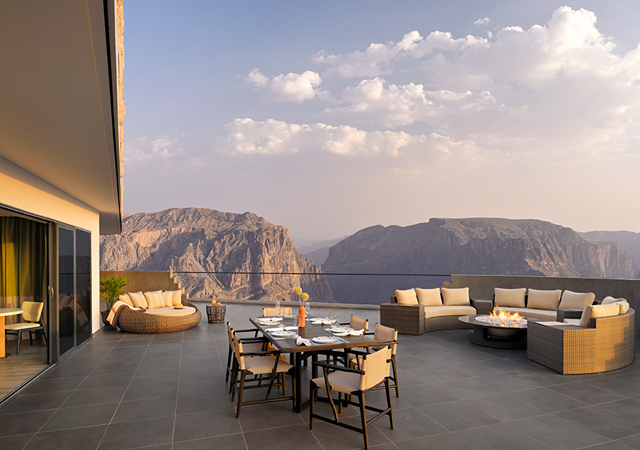 |
|
A terrace suite at the hotel with a fireplace. |
In one memorable instance, the team even managed to place a 1983 Land Rover Defender on the resort’s rooftop as a centerpiece for the Vue Rooftop and Lounge, which stakes claim to being the highest rooftop venue in the Middle East. Vue Rooftop and Lounge is one of the hotel’s three distinctive dining outlets, the others being Zaatar, with its modern market kitchen accents and Wadi Habib, which is inspired by the ancient Zanzibari spice trade.
“Overcoming these hurdles is part of what makes this project so special. It’s a testament to the dedication and ingenuity of everyone involved including our owners. The successful completion of the resort is something we’re all incredibly proud of,” Reeves remarks.
Interior Fit-out
The interiors of Hotel Indigo Jabal Akhdar blend luxury with authenticity. World-class materials were carefully selected to reflect the hotel’s ethos, with many products sourced from local artisans and suppliers to support the community and ensure an authentic touch. Additionally, IHG’s strict standards required the team to source compliant fabrics, materials, and finishes, sometimes involving local suppliers to procure items from farther afield.
The biggest challenge was in getting the mock-up rooms, chalets and corridors right, he continues: “We worked closely with IHG’s new hotels opening team, including their designers and technical services team, who were responsible for approving every detail.”
Despite the challenges of perfecting mock-up rooms and coordinating with IHG’s technical and design teams, the resort’s design was successfully realised. The owners and contractors worked tirelessly to align with the vision, achieving a cohesive look and feel that reflects the spirit of Jabal Akhdar, Reeves concludes.



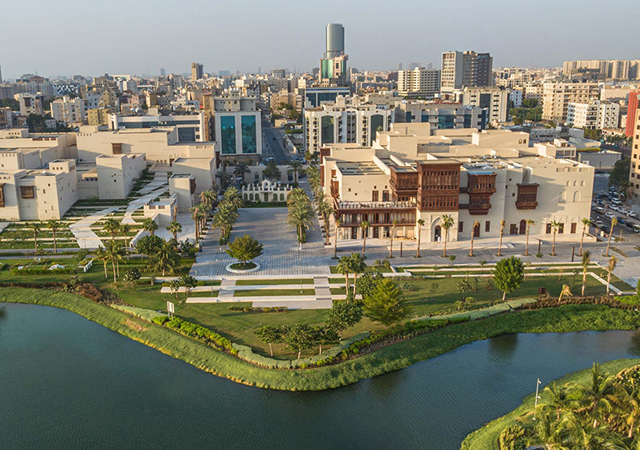
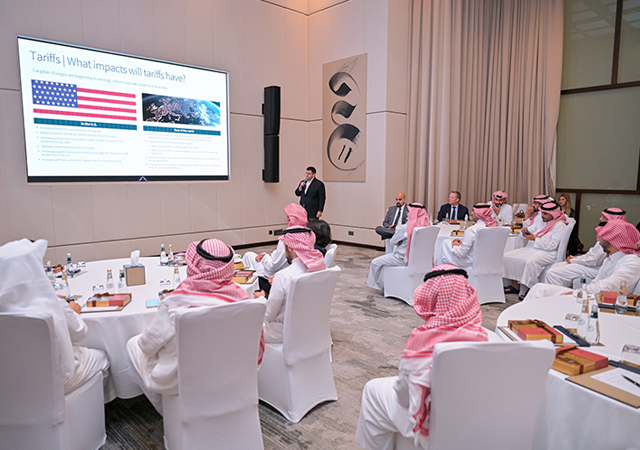

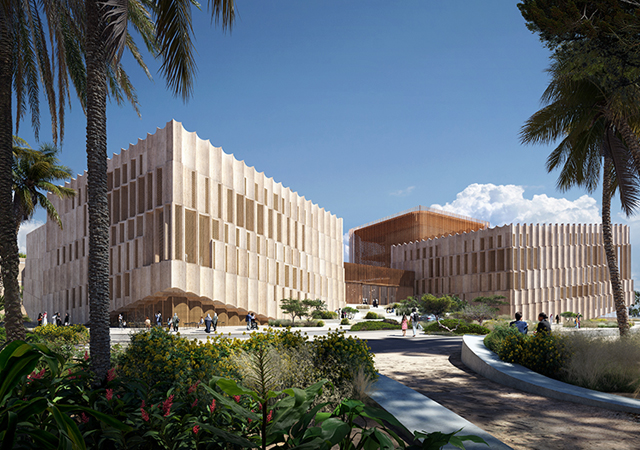

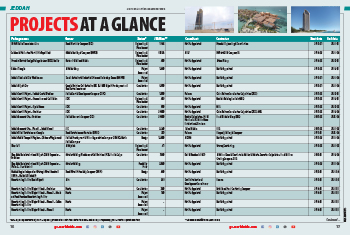
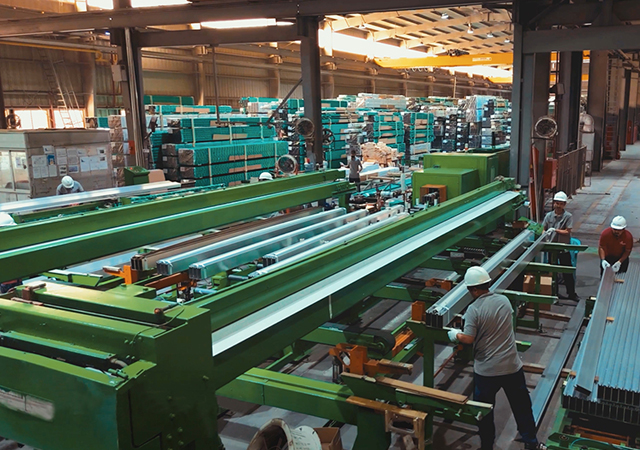

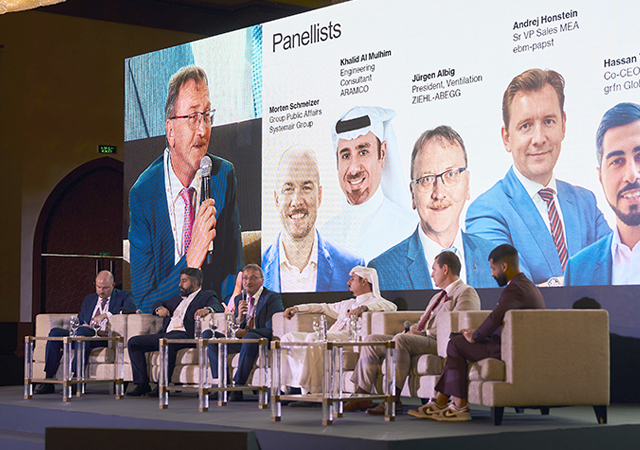

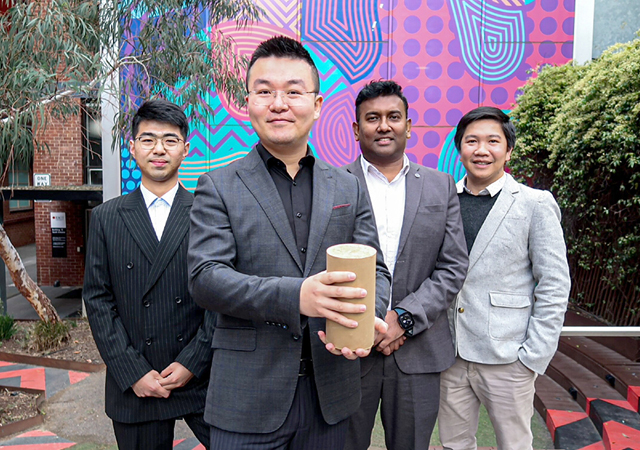
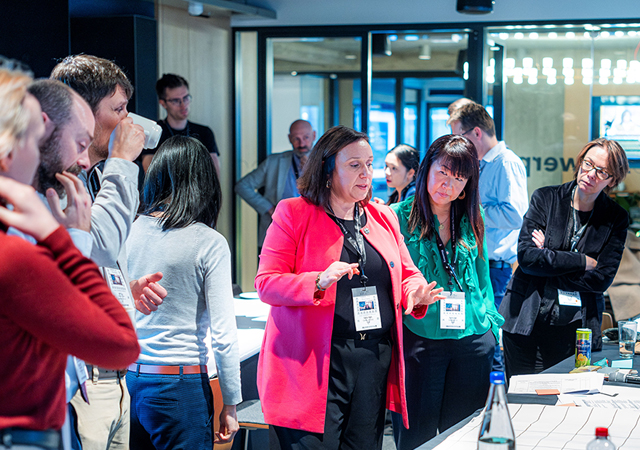

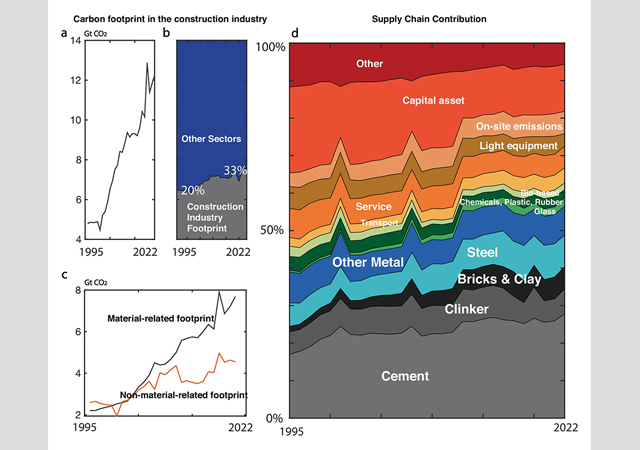
.jpg)
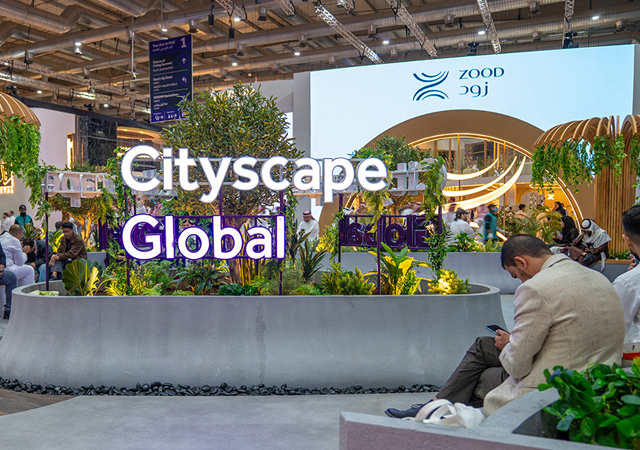
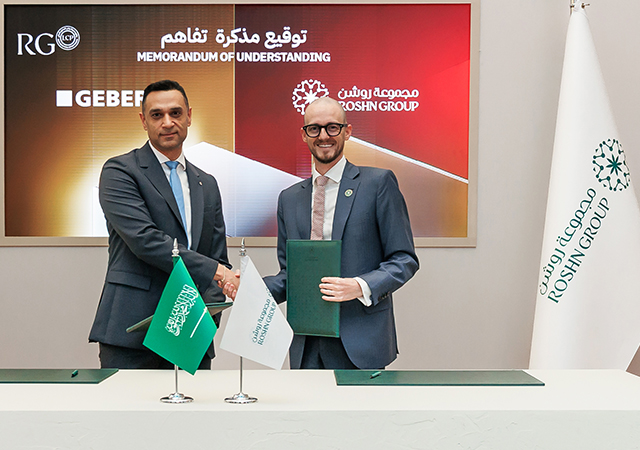

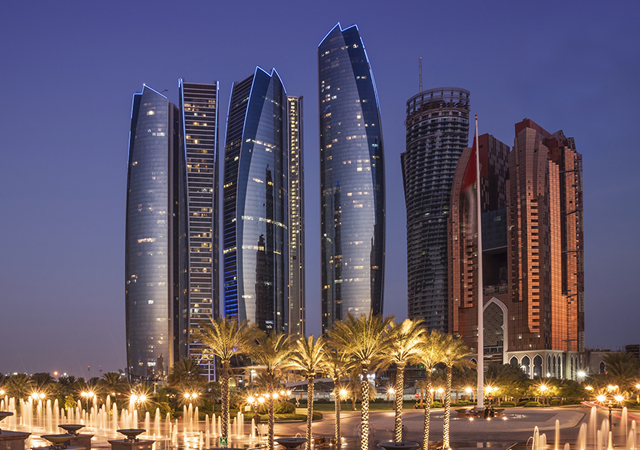


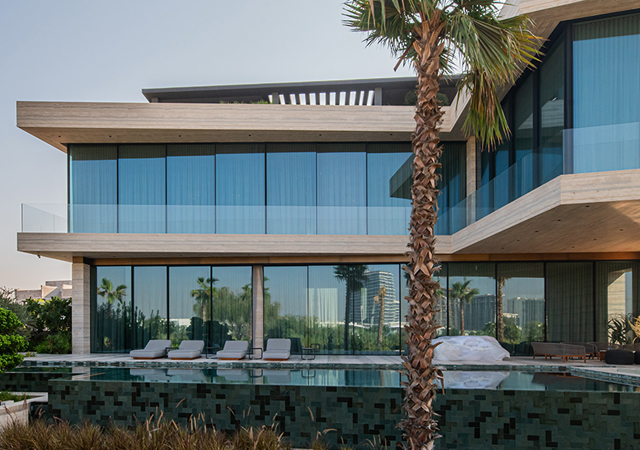






 (1).jpg)

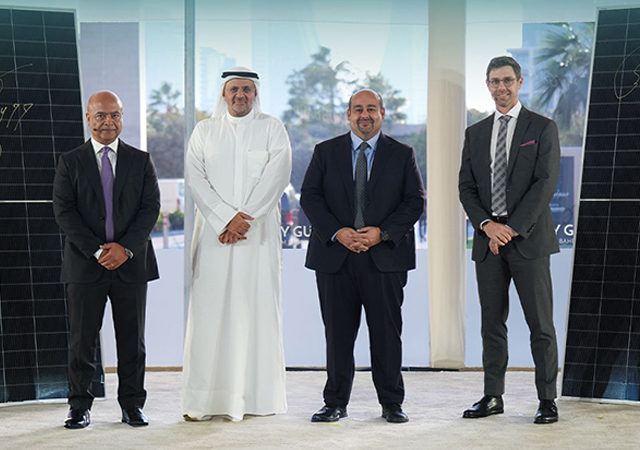
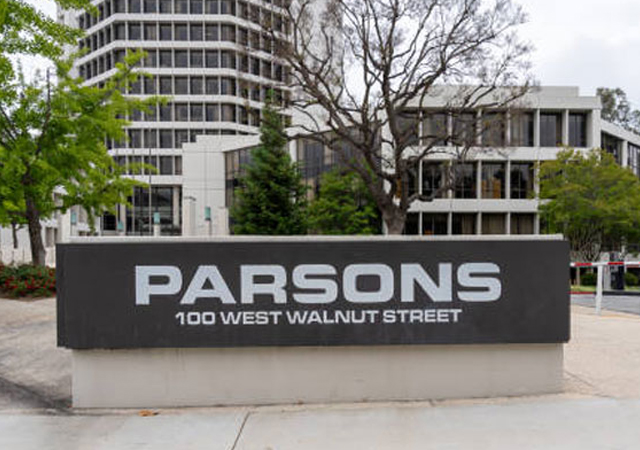
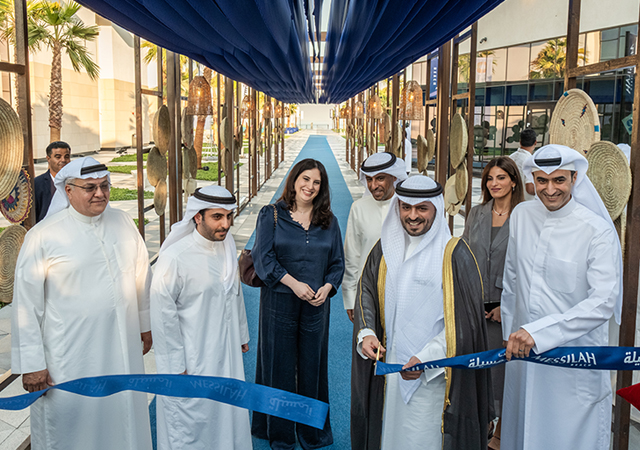


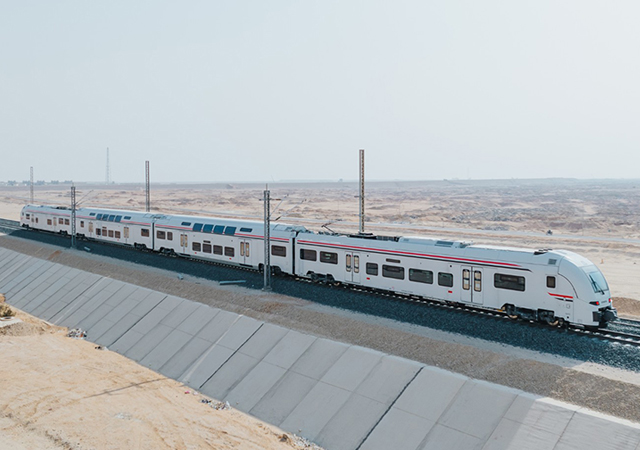
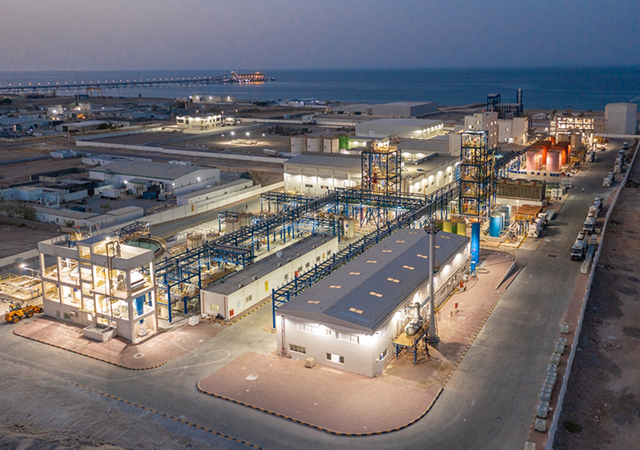
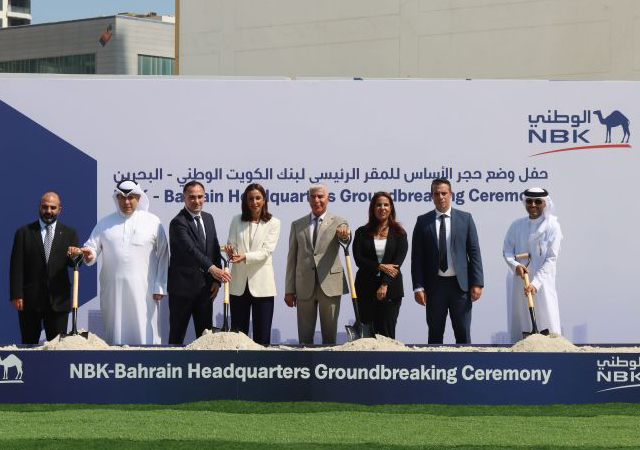
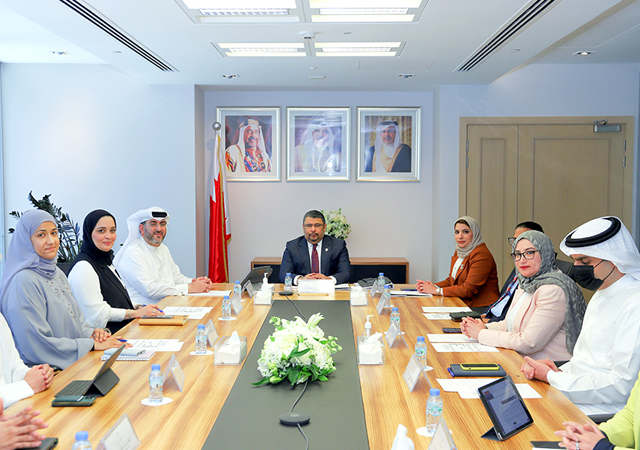

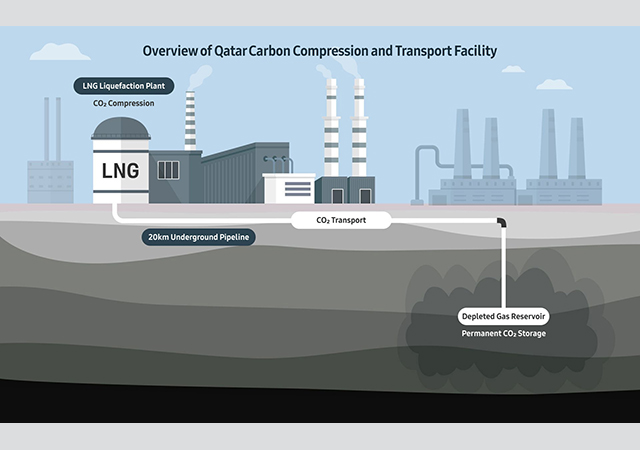



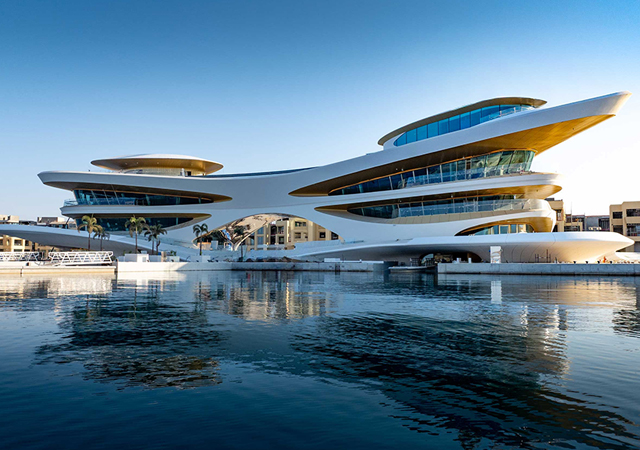
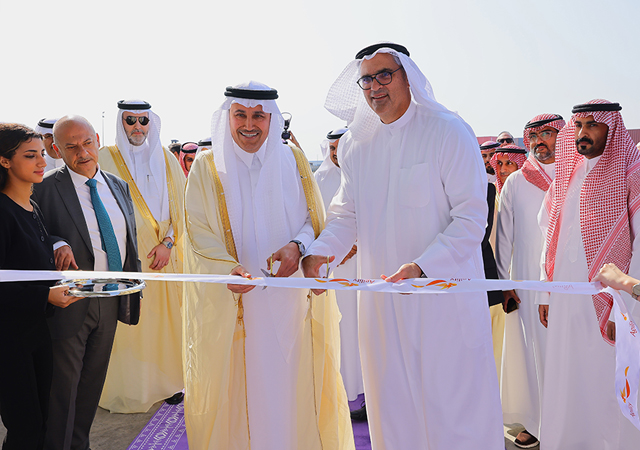
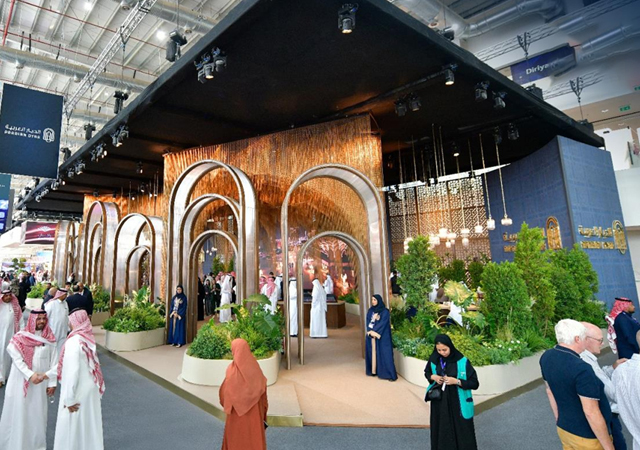

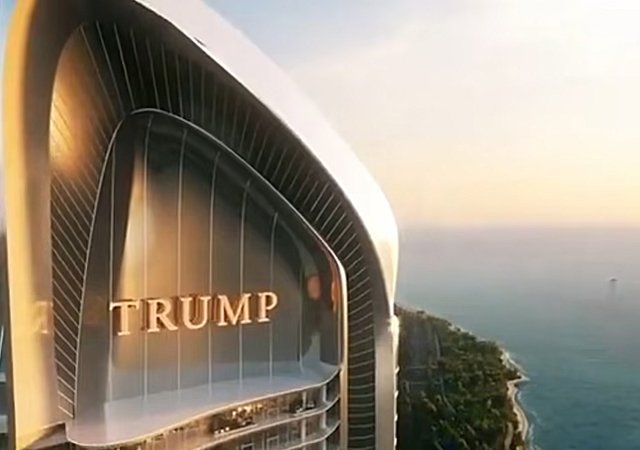


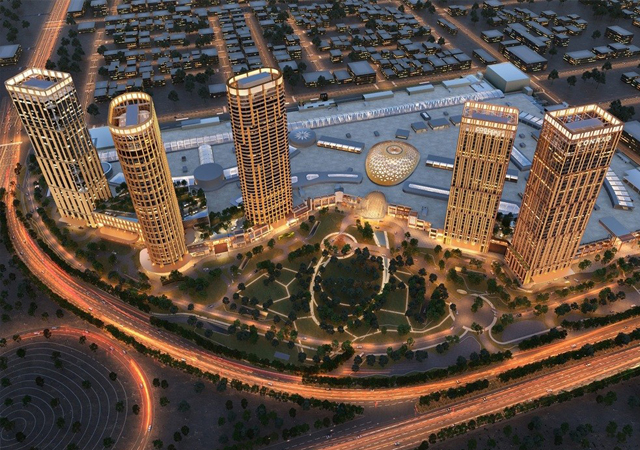
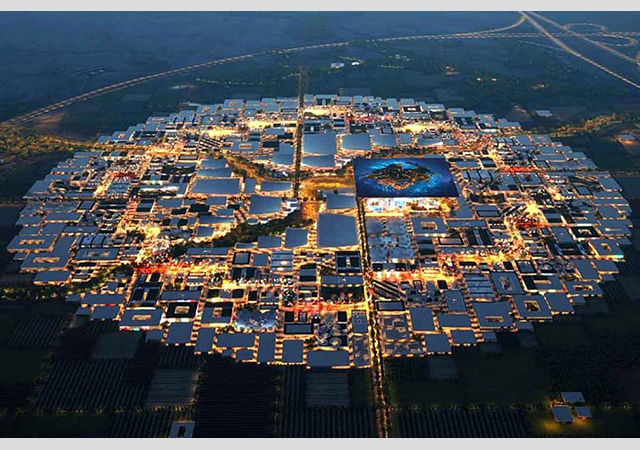
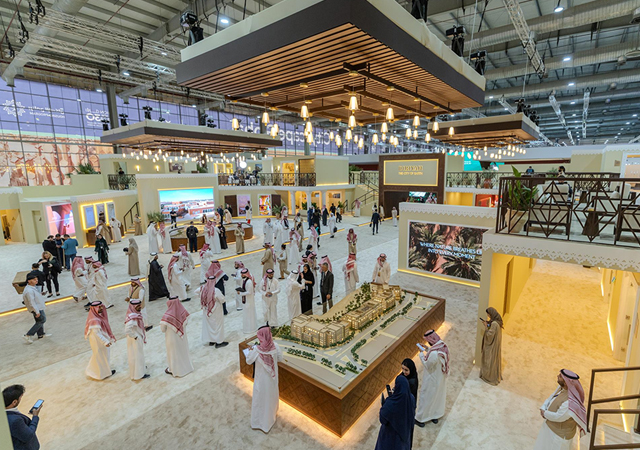
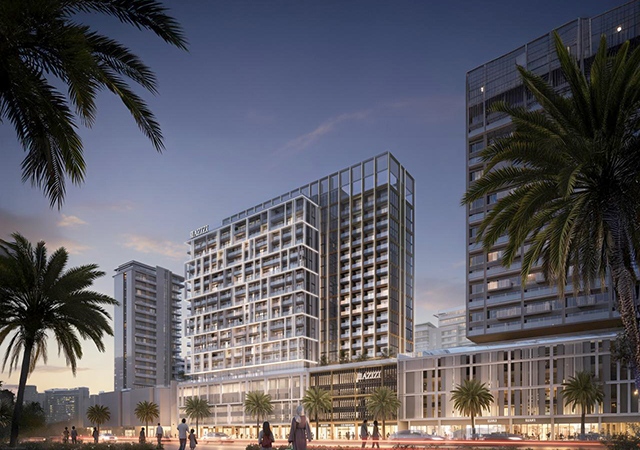
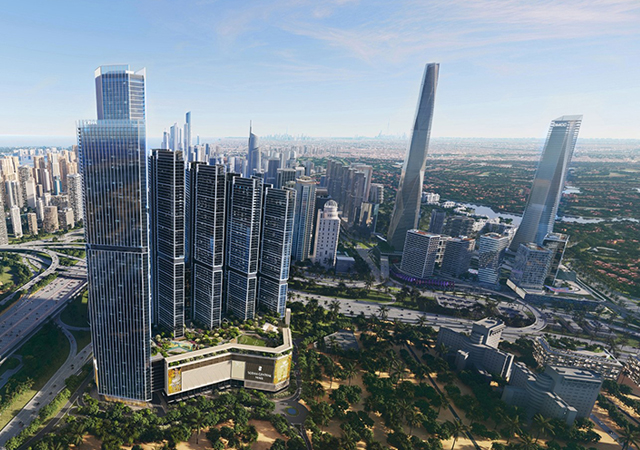
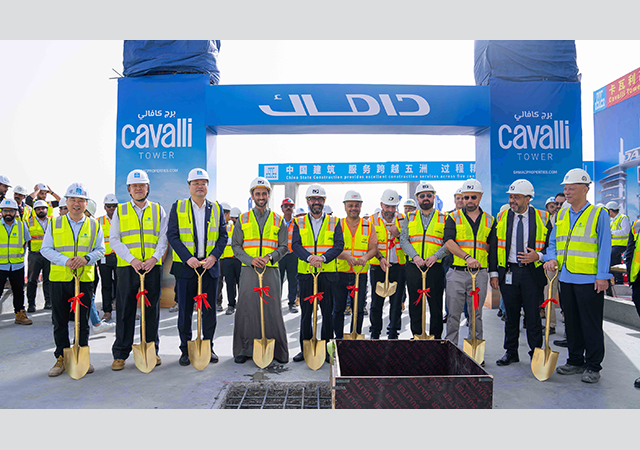

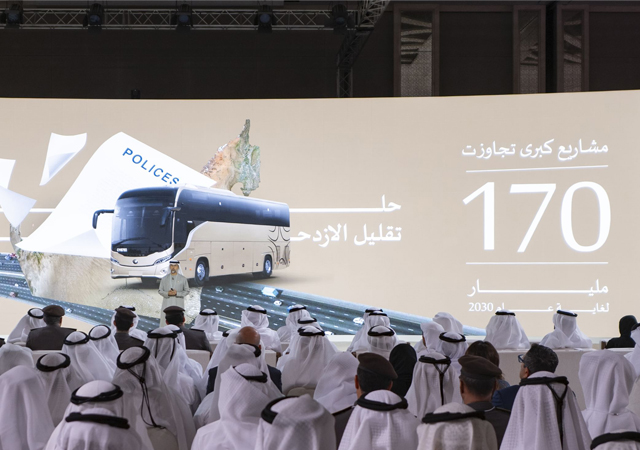
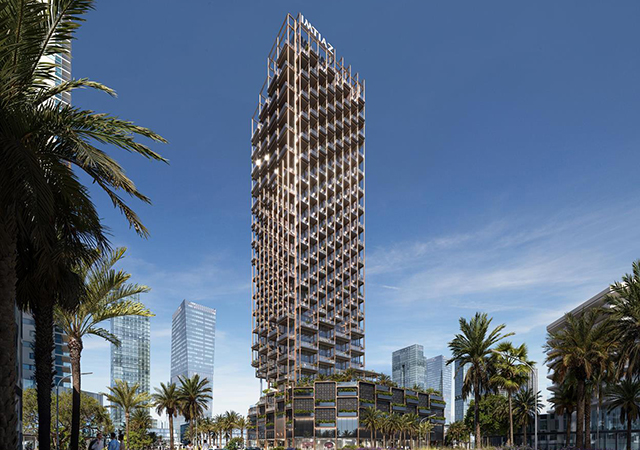
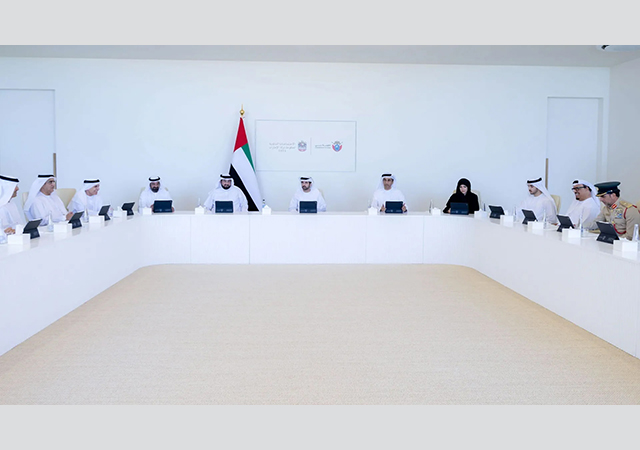
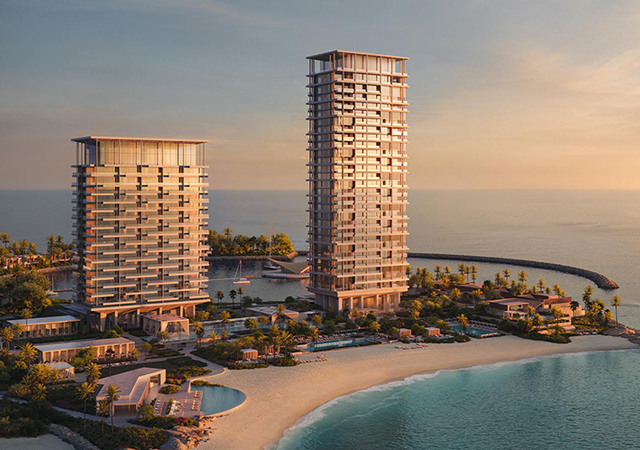
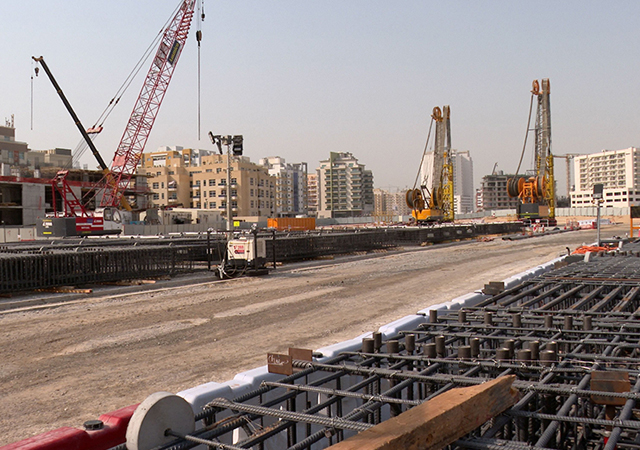

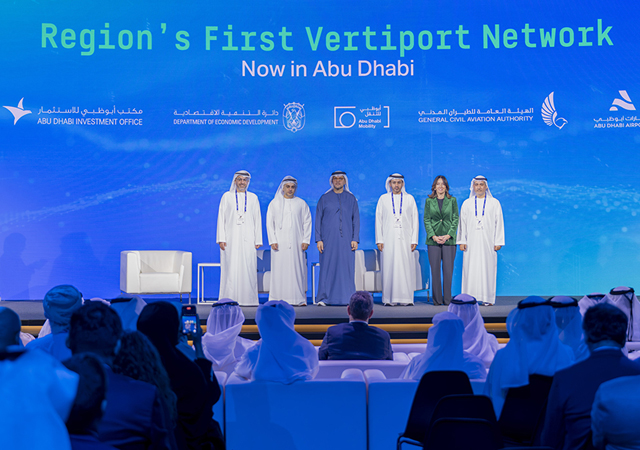

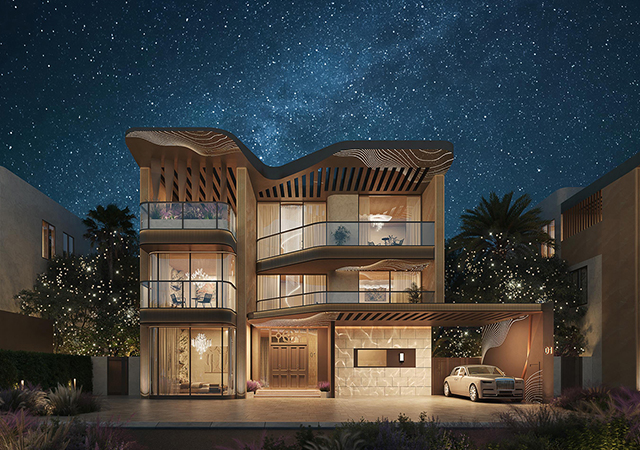
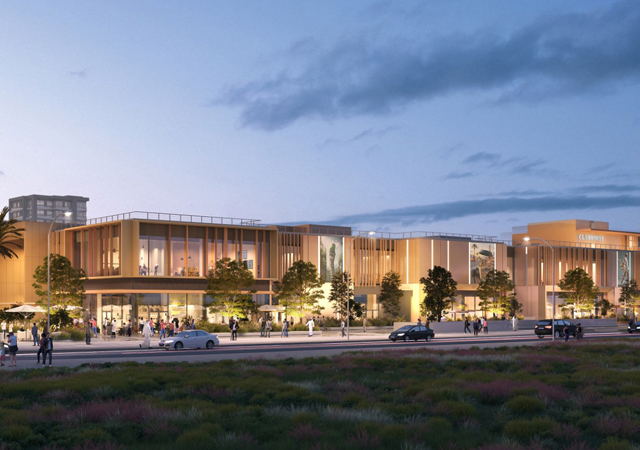

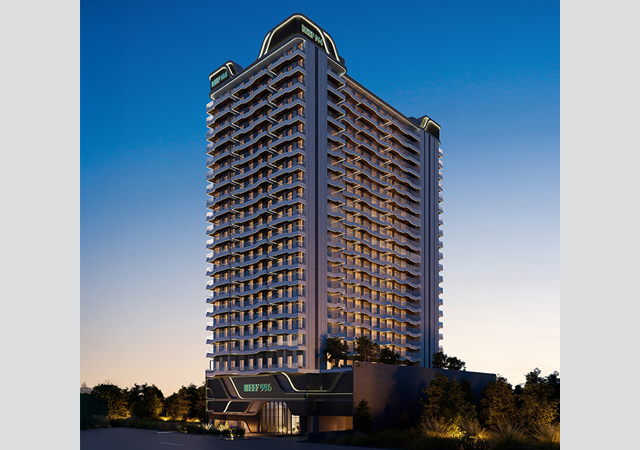





_master.jpg)
